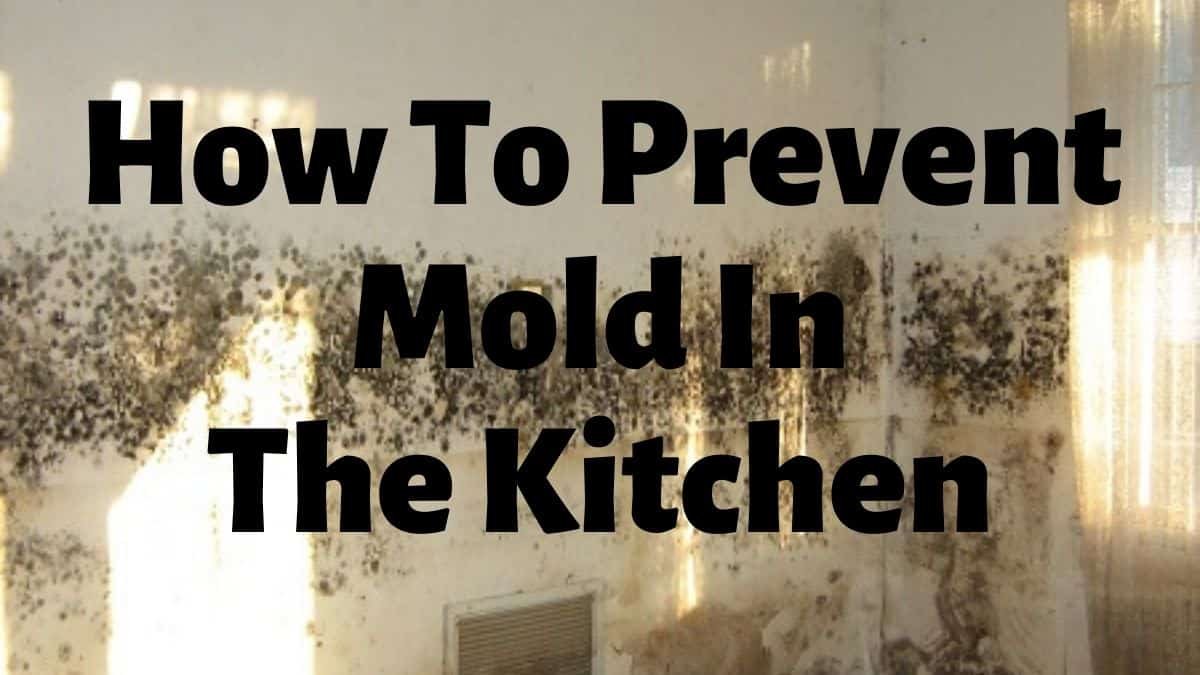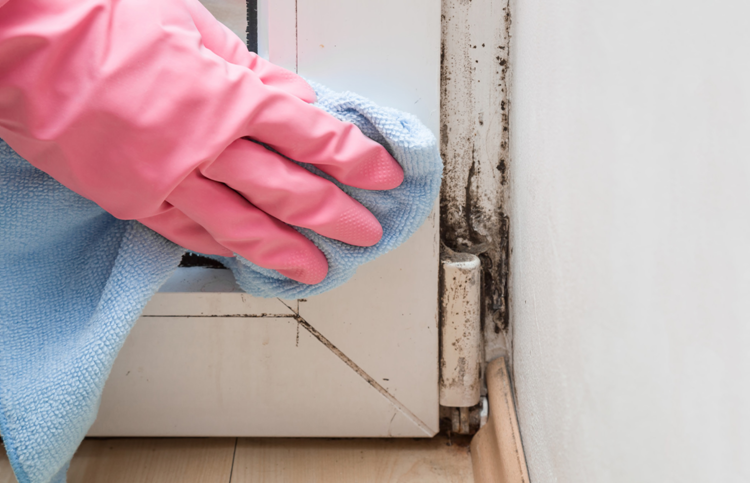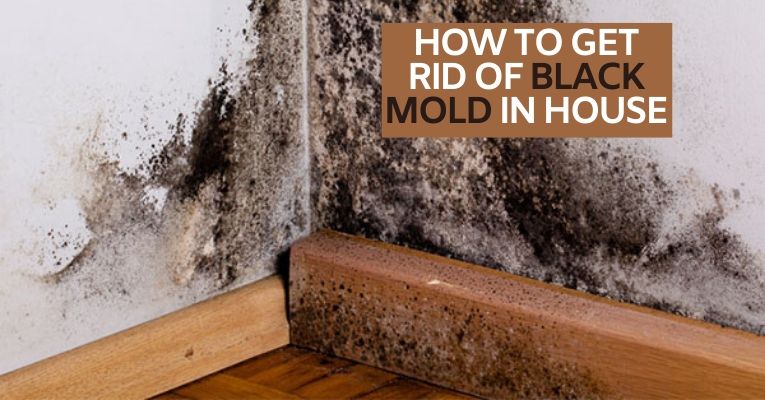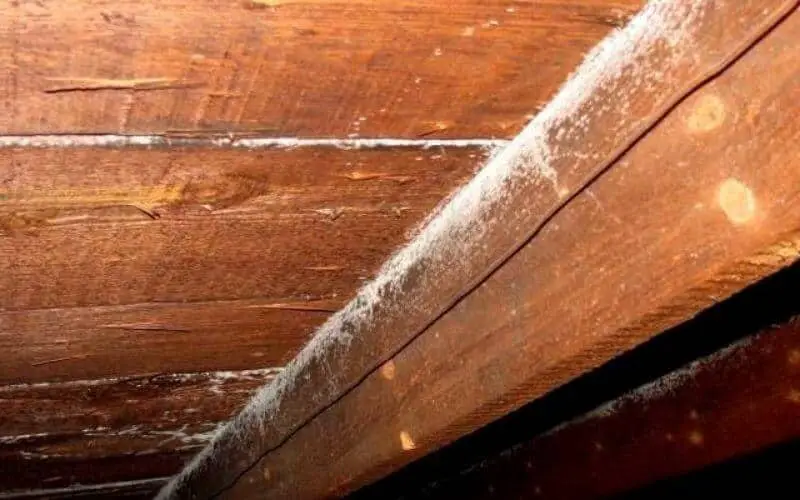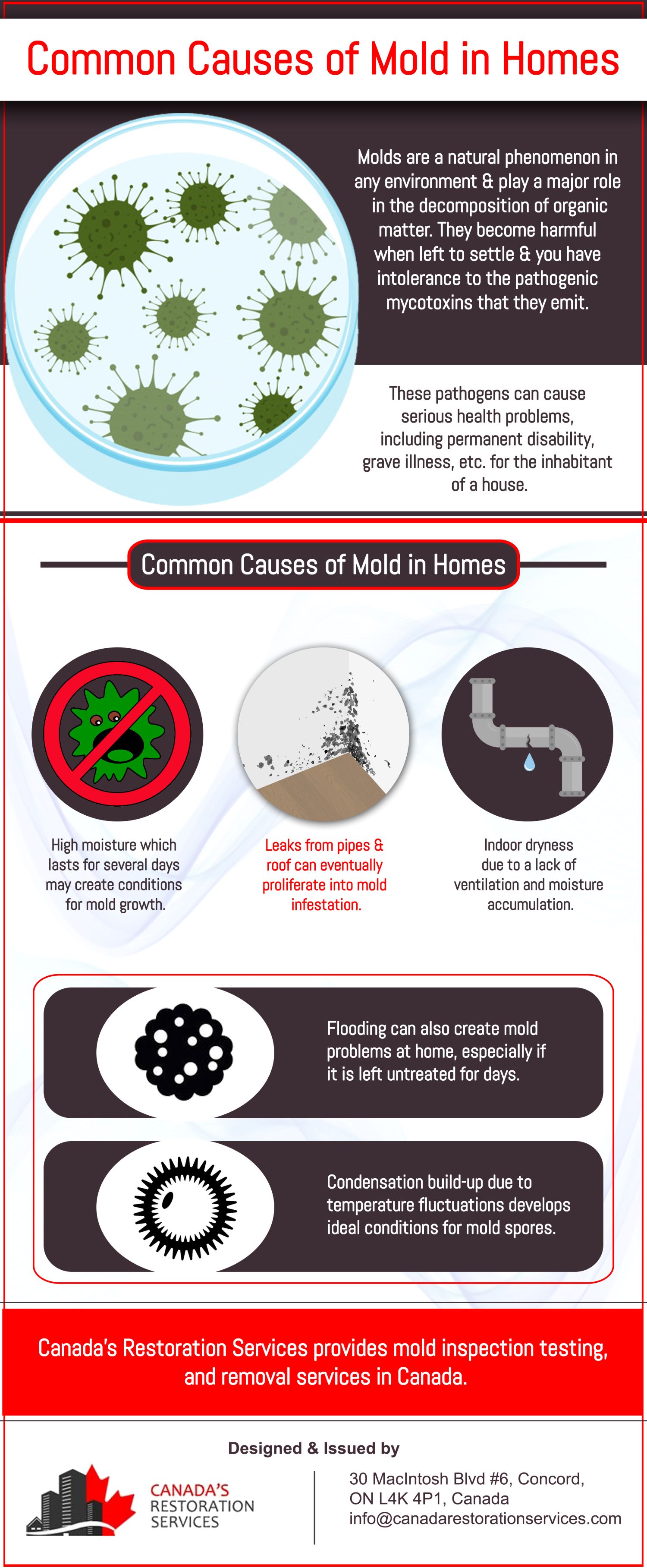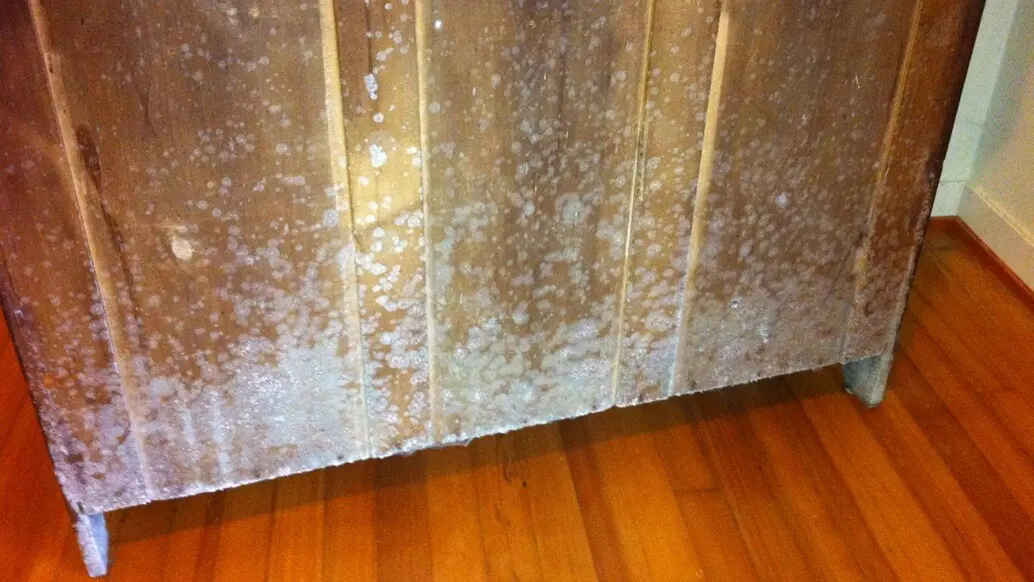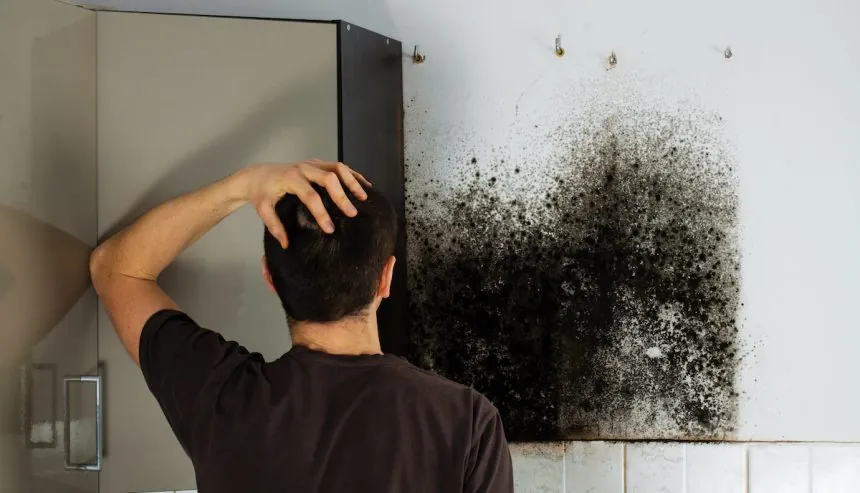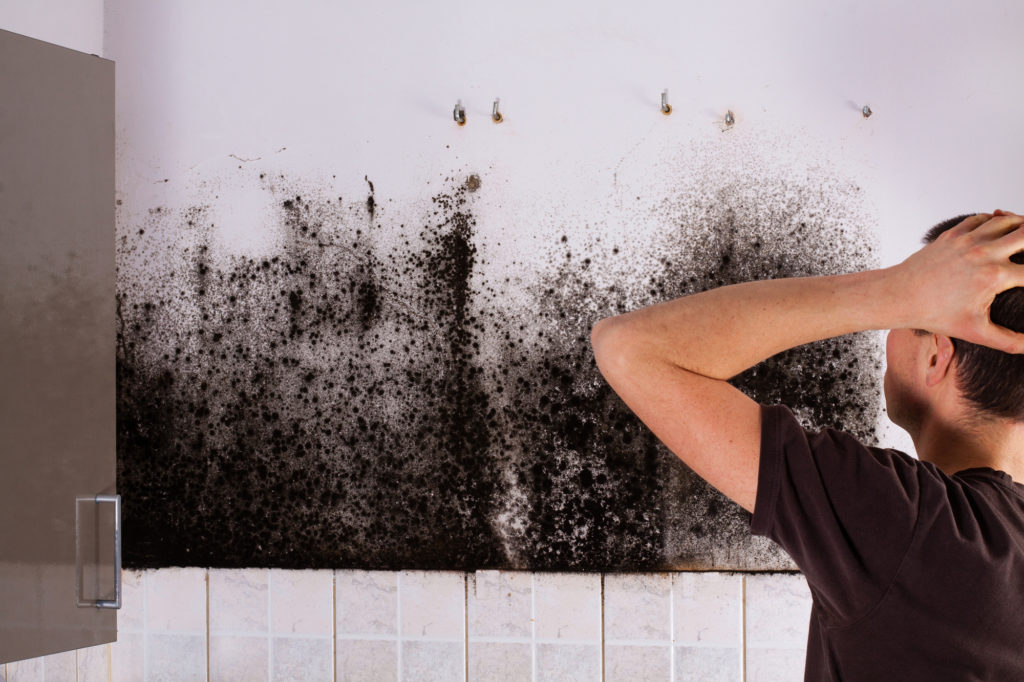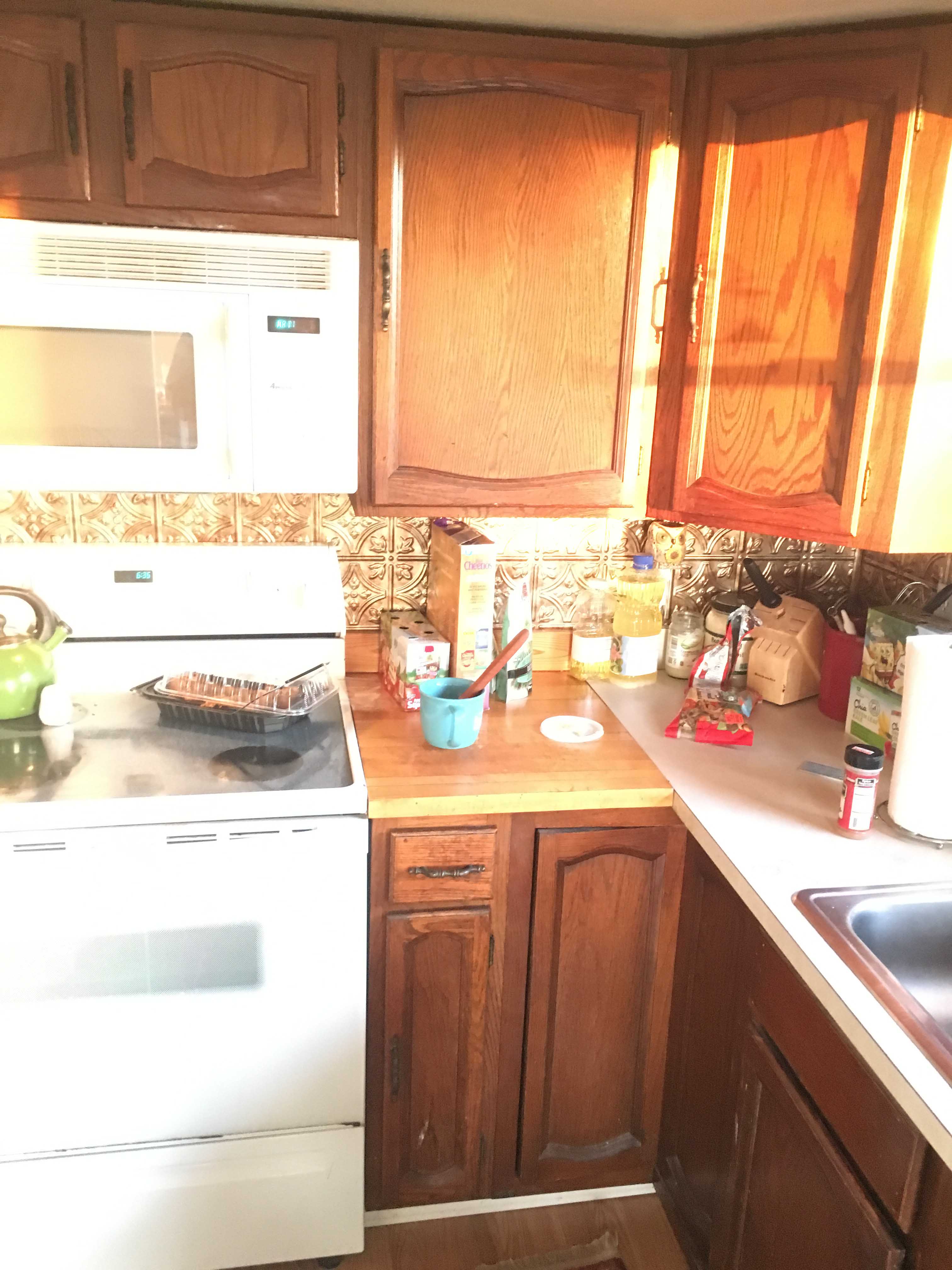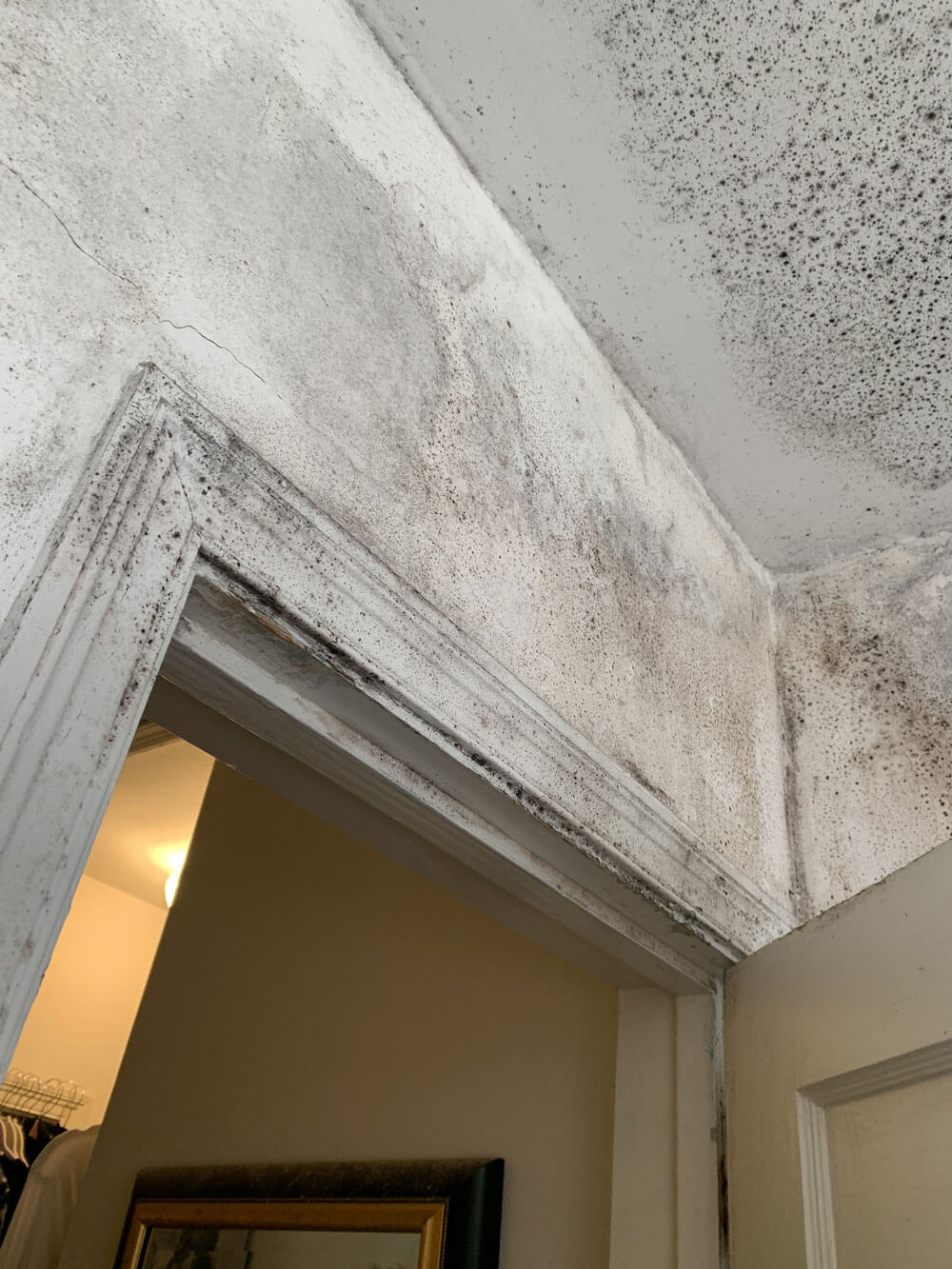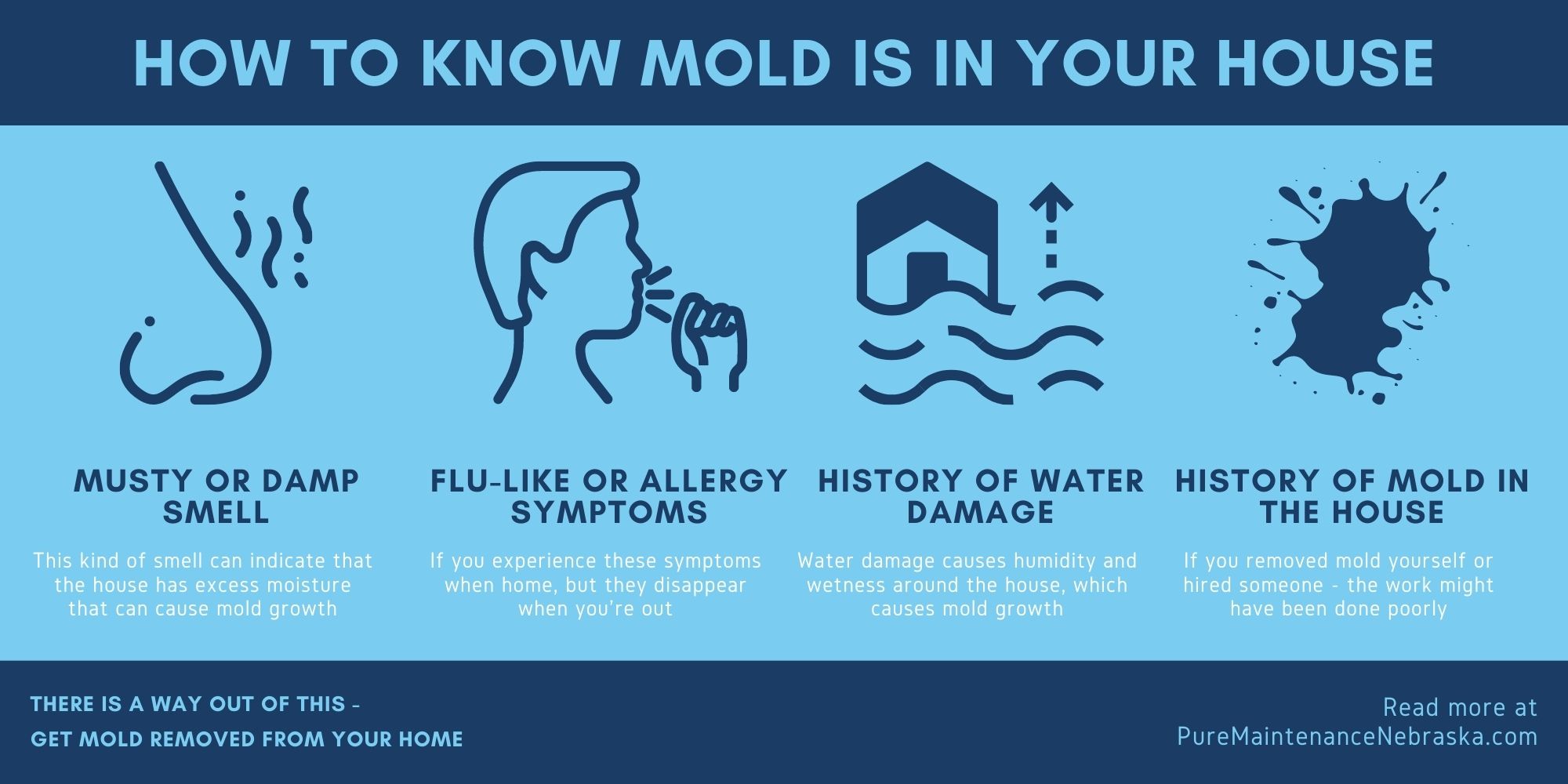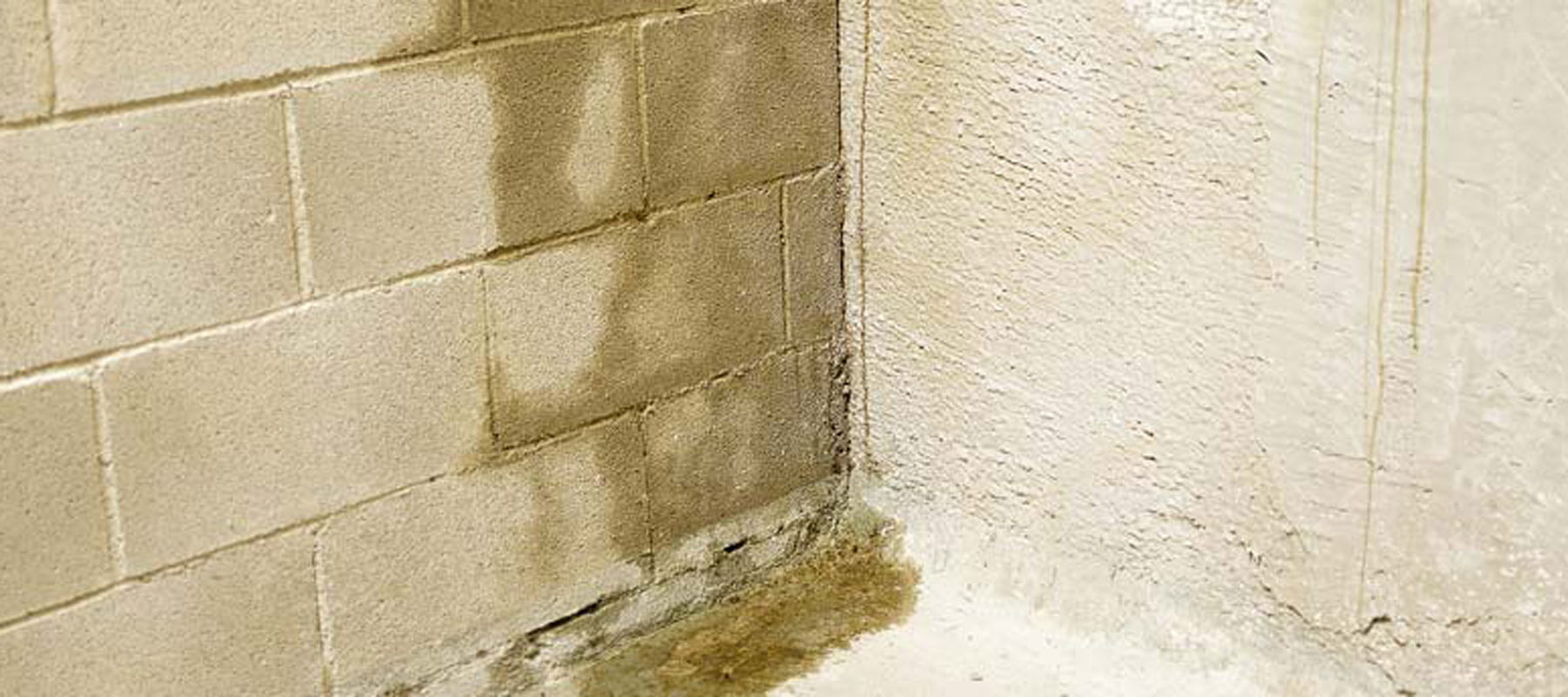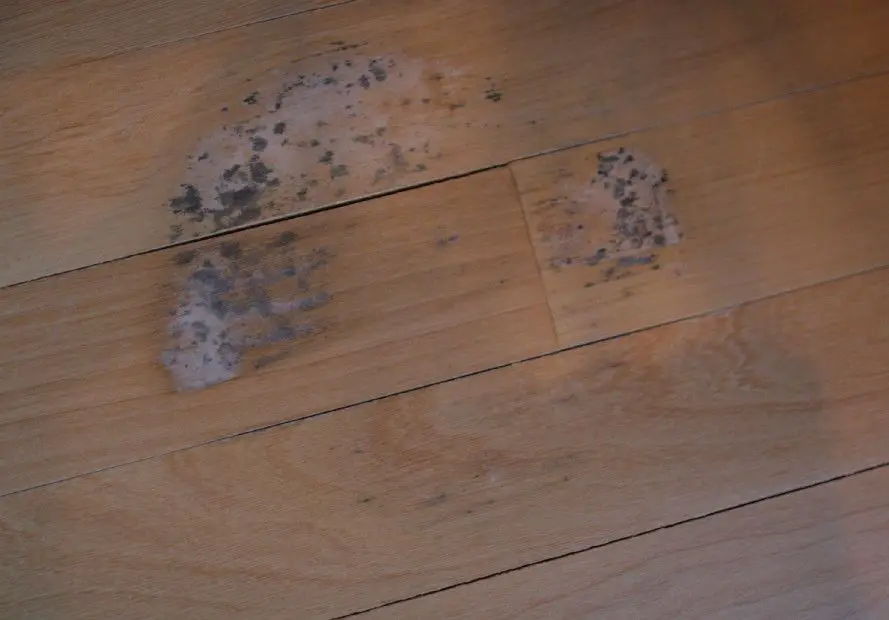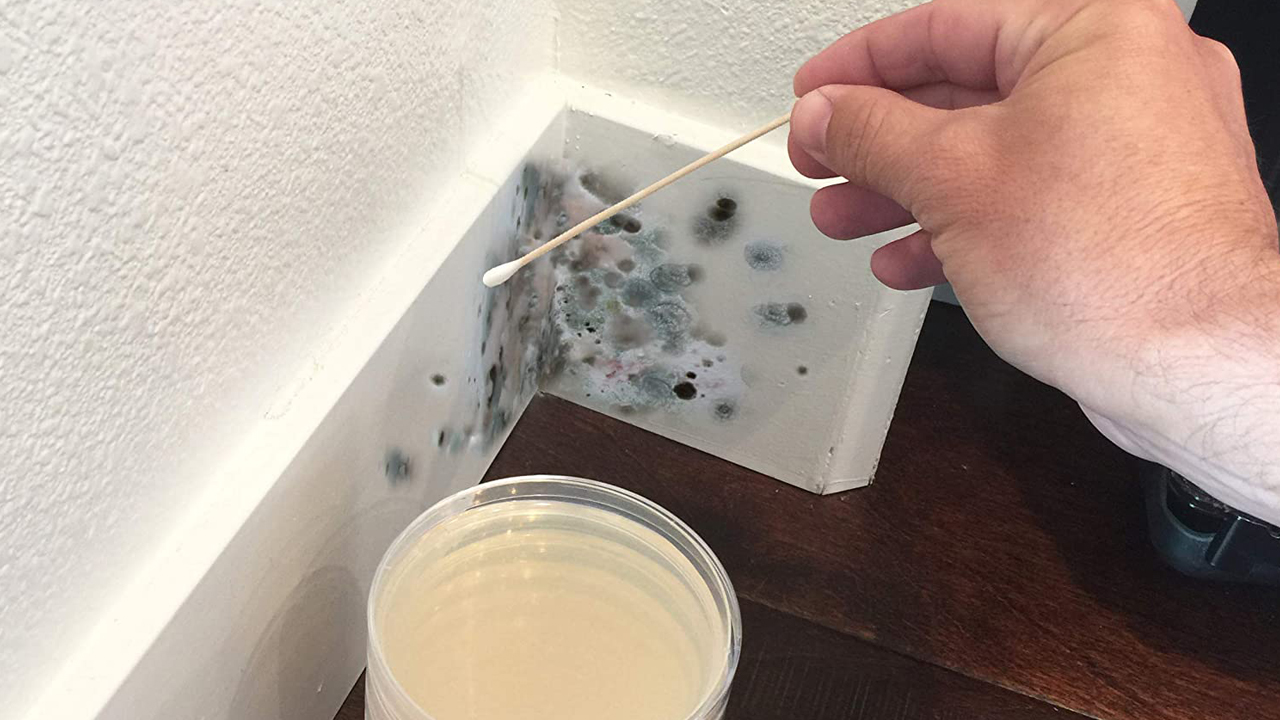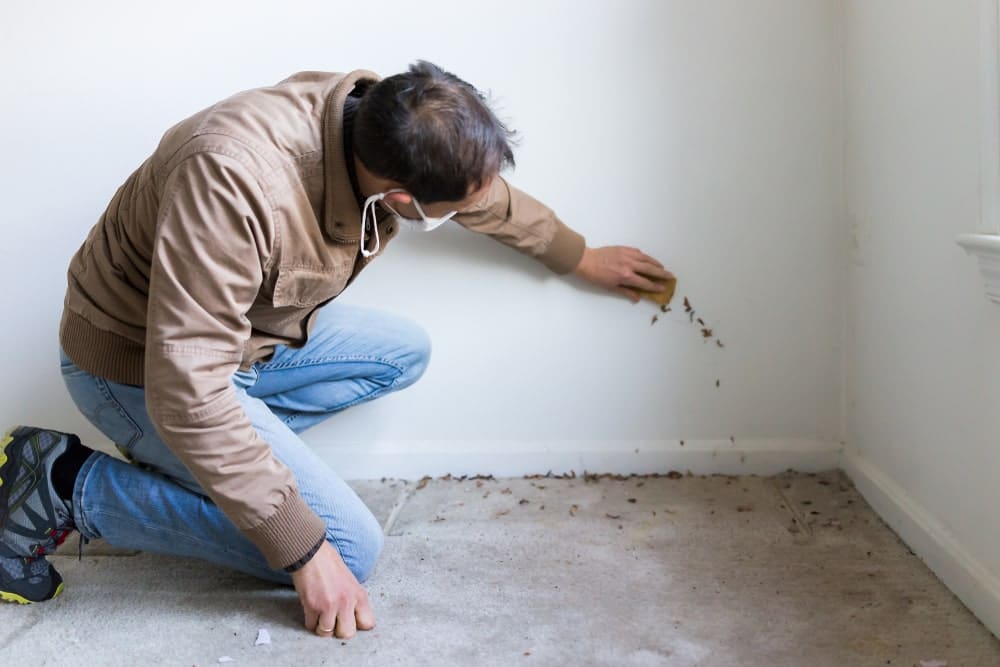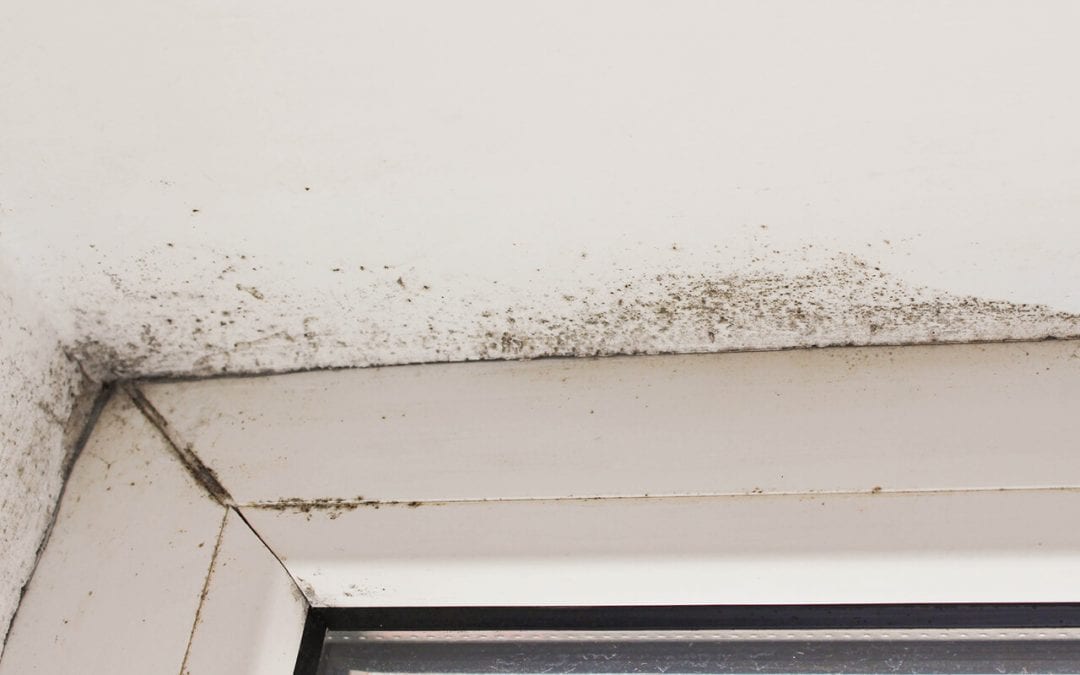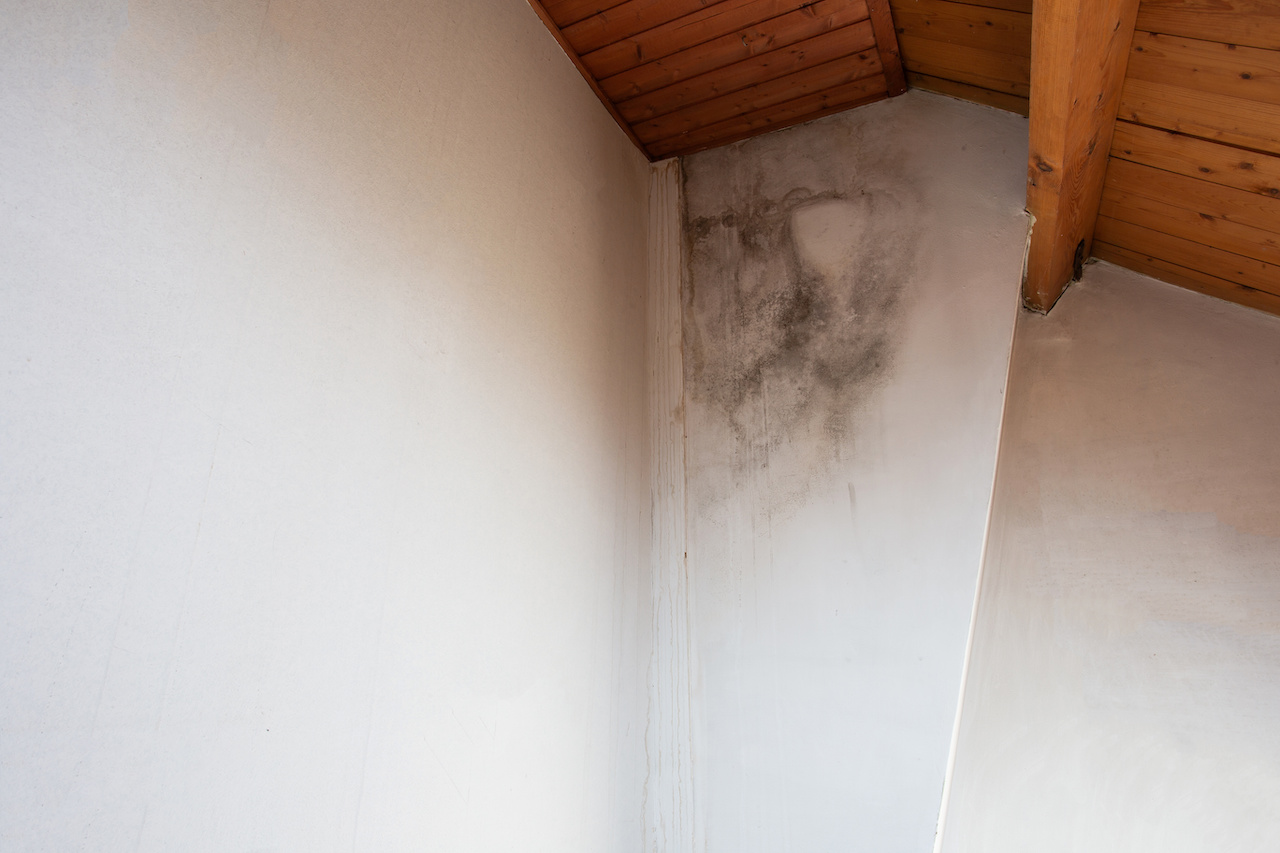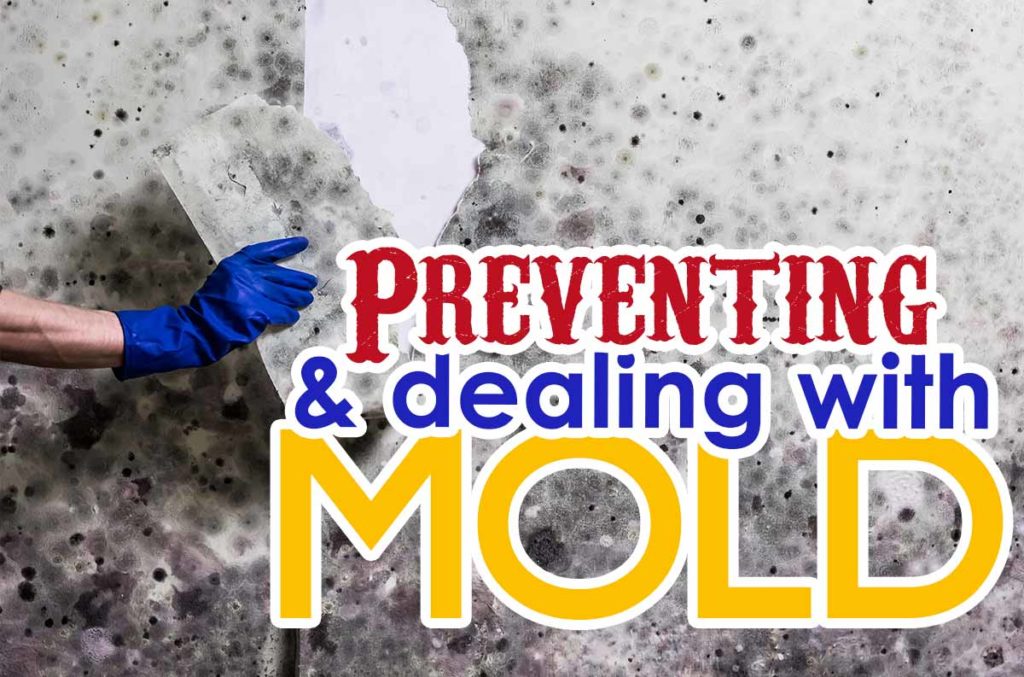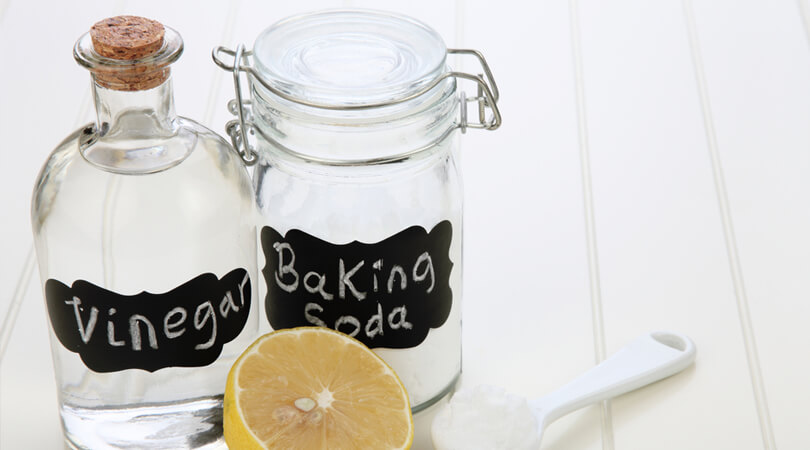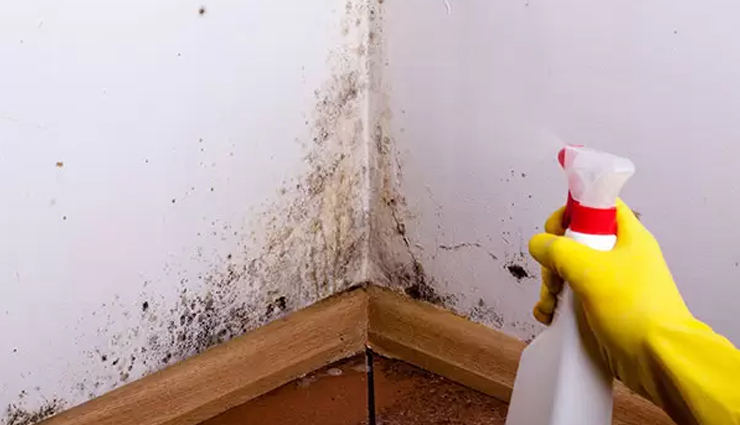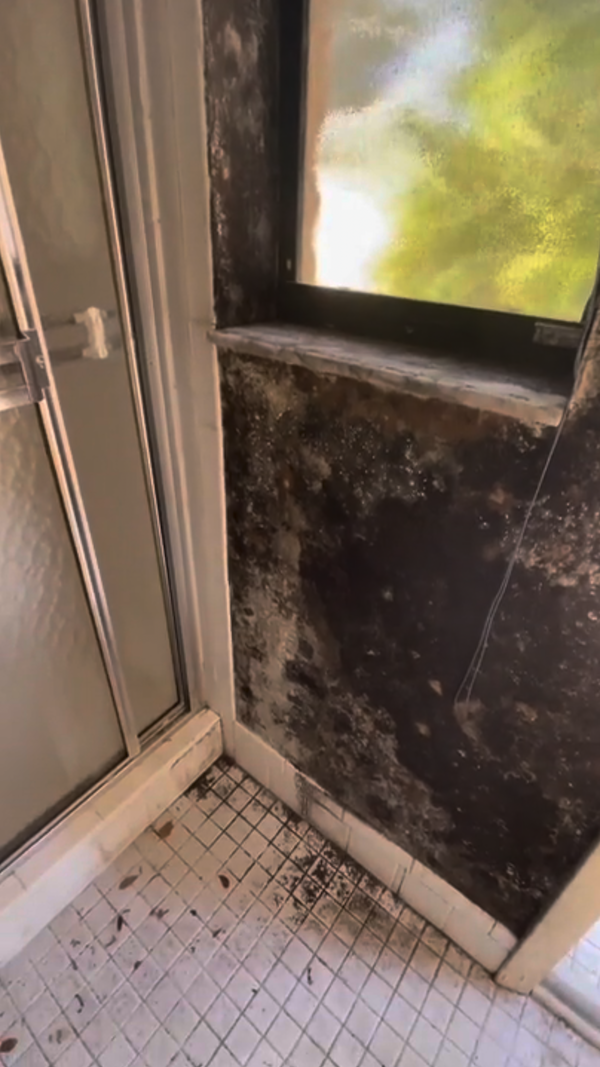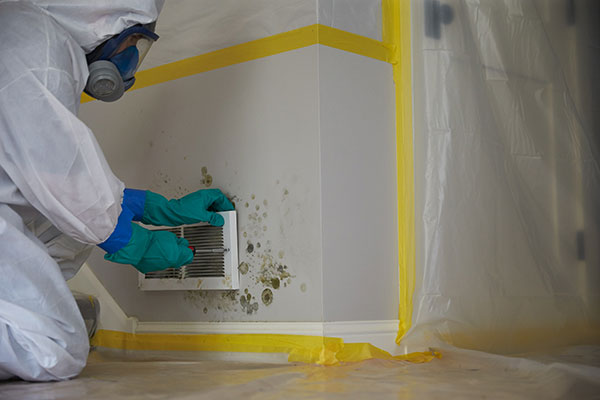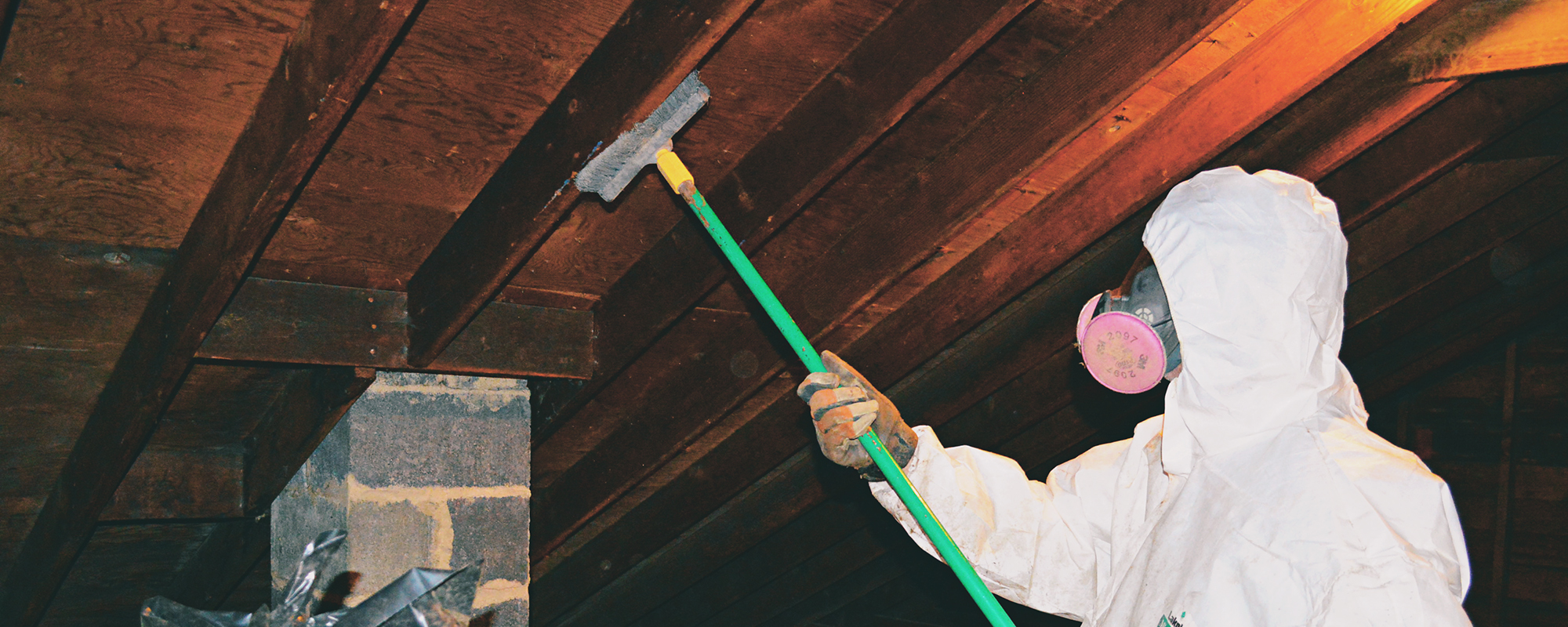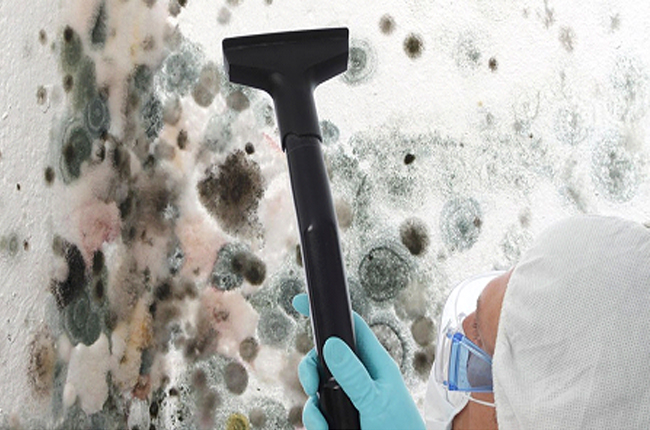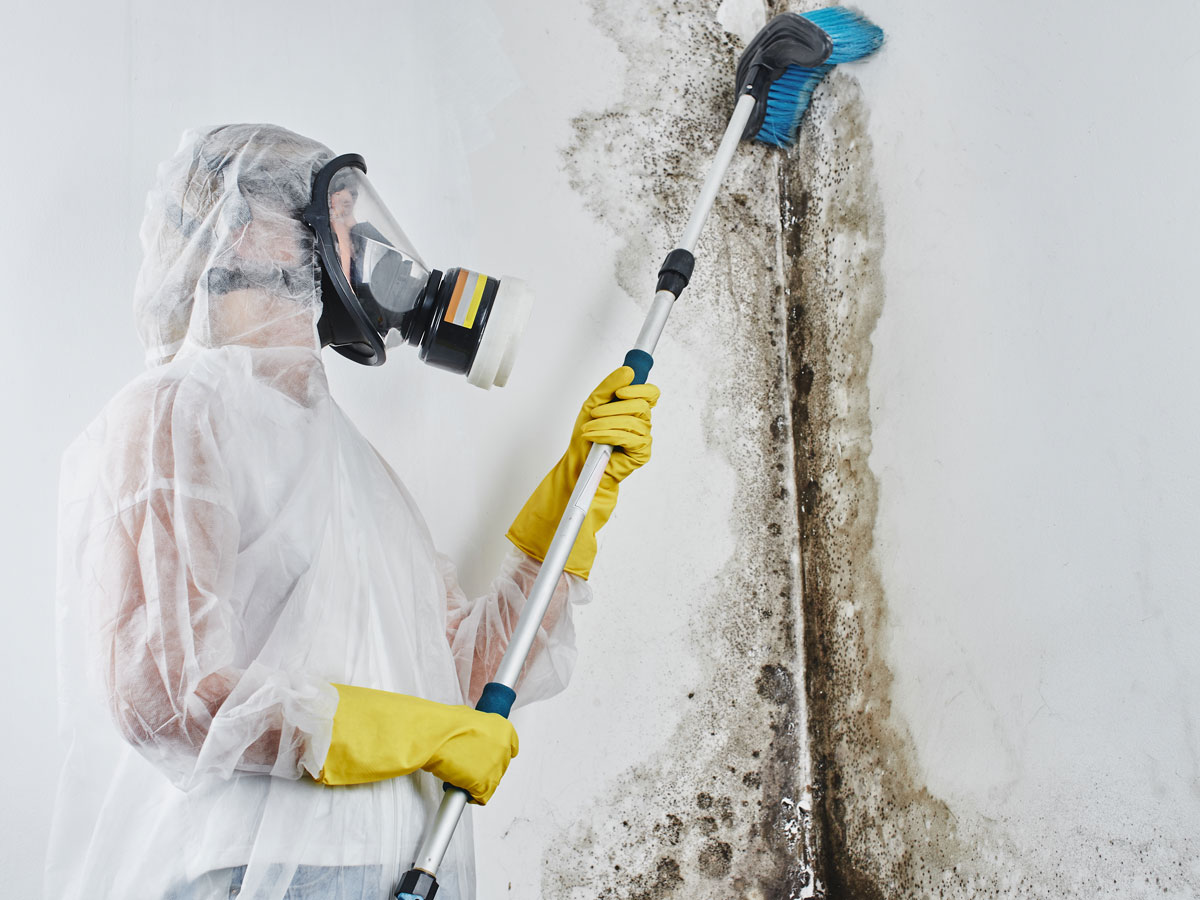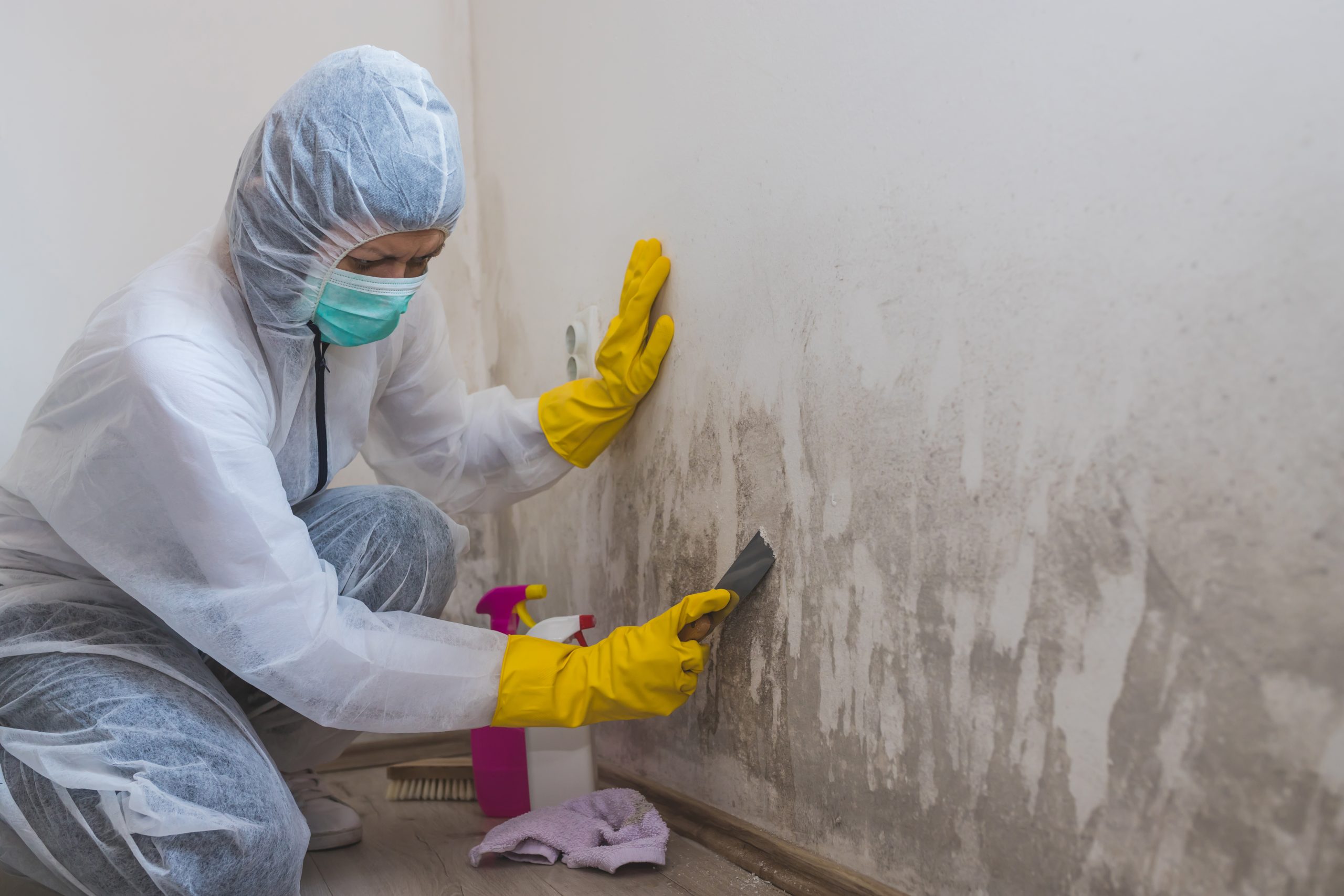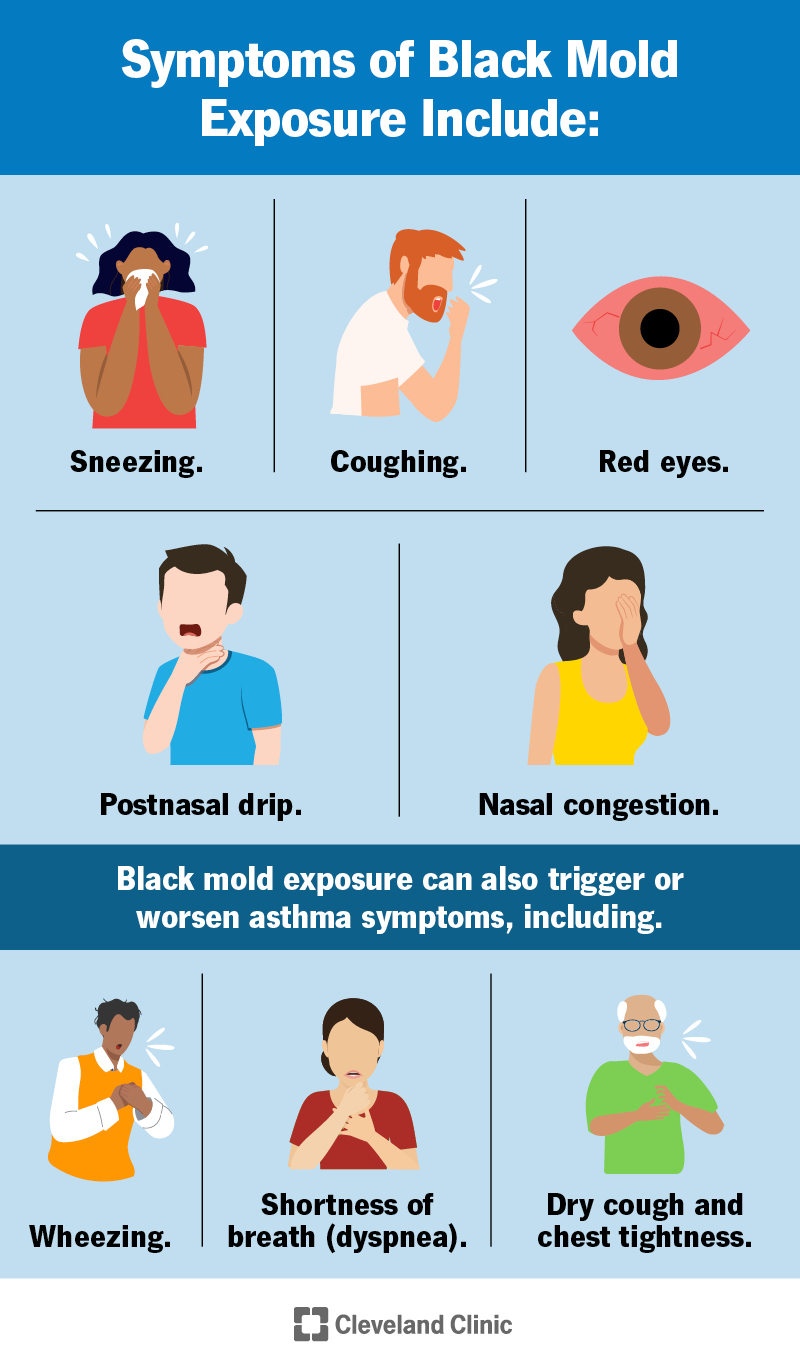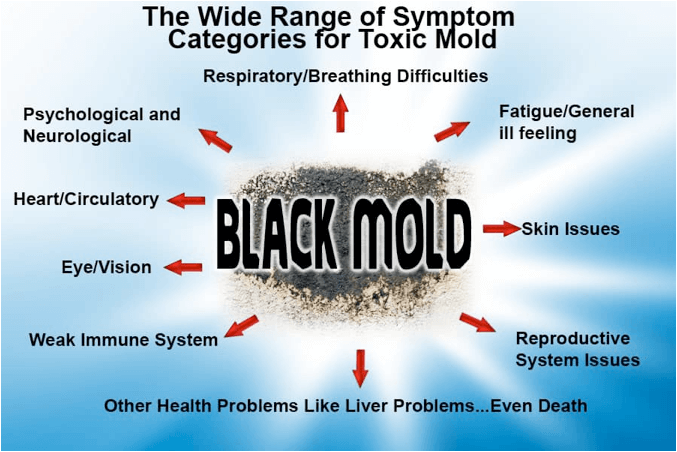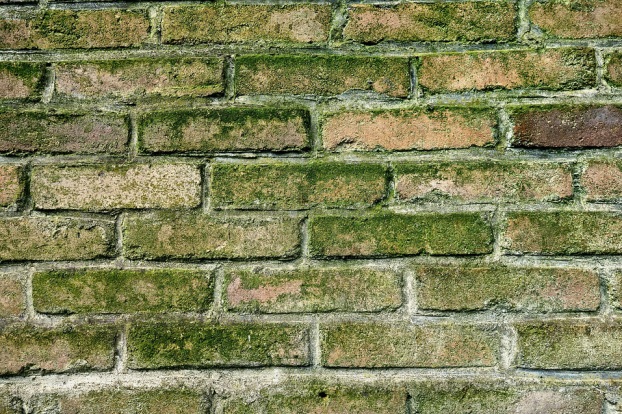Discovering mold in your kitchen walls can be alarming and overwhelming, but with the right knowledge and tools, you can effectively identify and remove it. Mold is a type of fungus that thrives in moist and warm environments, making your kitchen walls an ideal breeding ground. Not only can mold cause structural damage to your walls, but it can also pose a health risk to you and your family. In this article, we will discuss how to identify and remove mold in kitchen walls, as well as ways to prevent it from coming back.How to Identify and Remove Mold in Kitchen Walls
When it comes to getting rid of mold in your kitchen walls, it's important to take a thorough and systematic approach. The first step is to determine the extent of the mold growth and the type of mold present. This can be done through a visual inspection or by hiring a professional mold inspector. Once you have identified the mold, you can then proceed with the appropriate removal method. For smaller areas of mold growth, you can use a mixture of white vinegar and water to clean the affected area. Simply spray the solution on the moldy area and let it sit for about an hour before scrubbing it off with a brush. For larger areas, it is best to hire a professional mold removal service to ensure that the mold is completely removed and does not spread to other areas of your kitchen.How to Get Rid of Mold in Kitchen Walls
Mold is a common problem in kitchens due to the high levels of moisture and humidity present. Some of the most common causes of mold growth in kitchen walls include leaks from pipes or appliances, poor ventilation, and condensation. It's important to address these issues to prevent mold from recurring in the future.Causes of Mold Growth in Kitchen Walls
Mold can often be hidden within your kitchen walls, making it difficult to detect. However, there are some tell-tale signs that can indicate the presence of mold. These include a musty or damp odor, visible discoloration or spots on your walls, and the presence of water stains or peeling paint. If you notice any of these signs, it's important to take action immediately.Signs of Mold in Kitchen Walls
The best way to deal with mold in your kitchen walls is to prevent it from occurring in the first place. This can be done by ensuring proper ventilation in your kitchen, fixing any leaks or water damage promptly, and keeping your kitchen clean and dry. You can also use a dehumidifier to reduce the moisture levels in the air, making it less conducive for mold growth.Preventing Mold in Kitchen Walls
If you prefer to take a more natural approach to removing mold in your kitchen walls, there are a few DIY remedies that you can try. One option is to use tea tree oil, which has antifungal properties. Mix a few drops of tea tree oil with water and spray it on the affected area. You can also use hydrogen peroxide or baking soda and water to create a paste and apply it to the moldy area.DIY Remedies for Mold in Kitchen Walls
In some cases, it may be necessary to hire a professional mold removal service to effectively remove mold from your kitchen walls. They will have the necessary equipment and expertise to safely and thoroughly remove the mold without causing further damage to your walls. It is also important to address any underlying issues that may be causing the mold growth to prevent it from recurring.Professional Mold Removal for Kitchen Walls
Mold can have serious health implications, especially for individuals with respiratory issues or weakened immune systems. Exposure to mold can cause symptoms such as coughing, wheezing, and eye and skin irritation. In severe cases, it can also lead to more serious respiratory conditions. This is why it's crucial to address mold in your kitchen walls as soon as possible.Health Risks of Mold in Kitchen Walls
There are several types of mold that can be found in kitchen walls, and they can vary in color and appearance. Some of the most common types include black mold, green mold, and white mold. Each type may require a different approach to removal, and it's important to identify the type of mold accurately to ensure effective removal.Common Types of Mold Found in Kitchen Walls
After successfully removing mold from your kitchen walls, you will likely be left with some damage to the walls. This can include discoloration, peeling paint or wallpaper, and even structural damage. It's important to properly repair and restore these areas to prevent any further issues. This may involve repainting, replacing damaged drywall, or repairing any leaks or ventilation issues. In conclusion, mold in kitchen walls is a common problem that can have serious consequences if not addressed properly. By following the tips and guidelines outlined in this article, you can effectively remove and prevent mold from your kitchen walls, ensuring a safe and healthy environment for you and your family.How to Repair and Restore Kitchen Walls After Mold Removal
The Dangers of Mold in Your Kitchen Wall
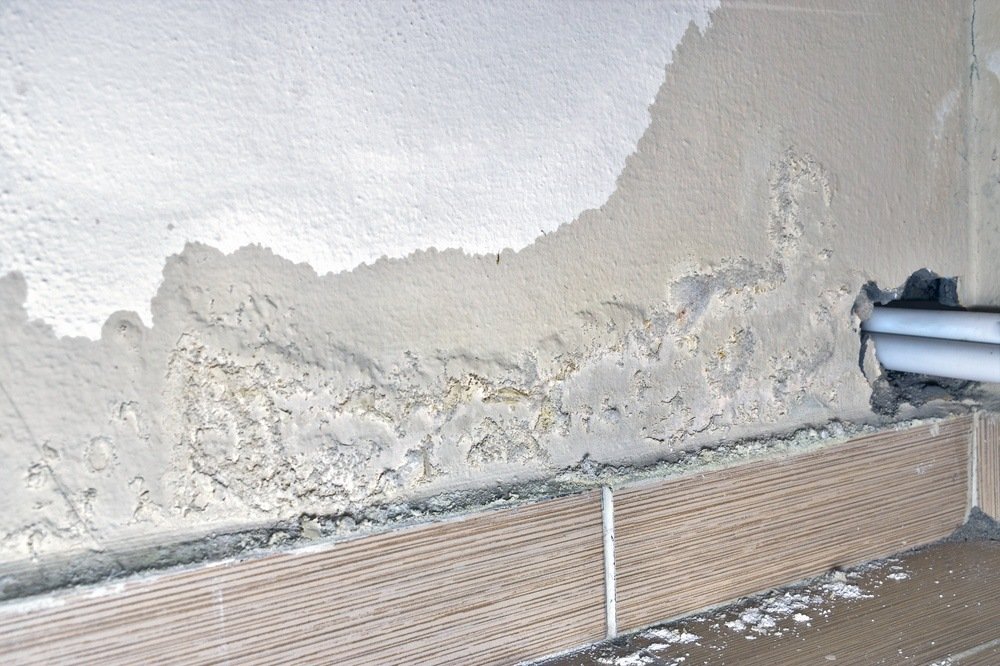
What is Mold?
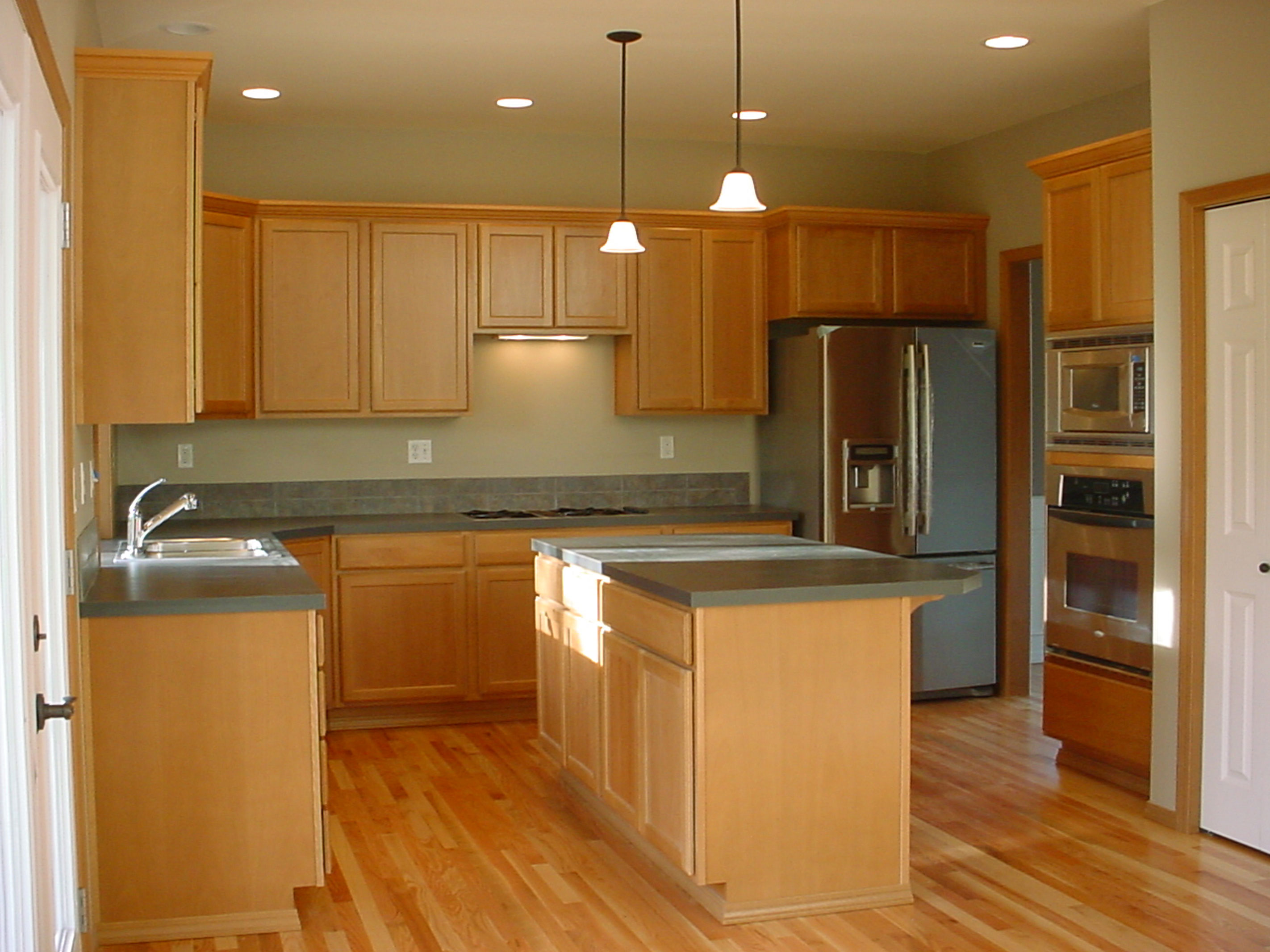 Mold is a type of fungus that can grow in damp and warm environments. It thrives in areas with high levels of moisture, such as bathrooms, basements, and kitchens. Mold can appear as black, green, or white patches and can have a musty odor. While some types of mold are harmless, others can be toxic and pose serious health risks.
Mold is a type of fungus that can grow in damp and warm environments. It thrives in areas with high levels of moisture, such as bathrooms, basements, and kitchens. Mold can appear as black, green, or white patches and can have a musty odor. While some types of mold are harmless, others can be toxic and pose serious health risks.
How Does Mold Form in Kitchen Walls?
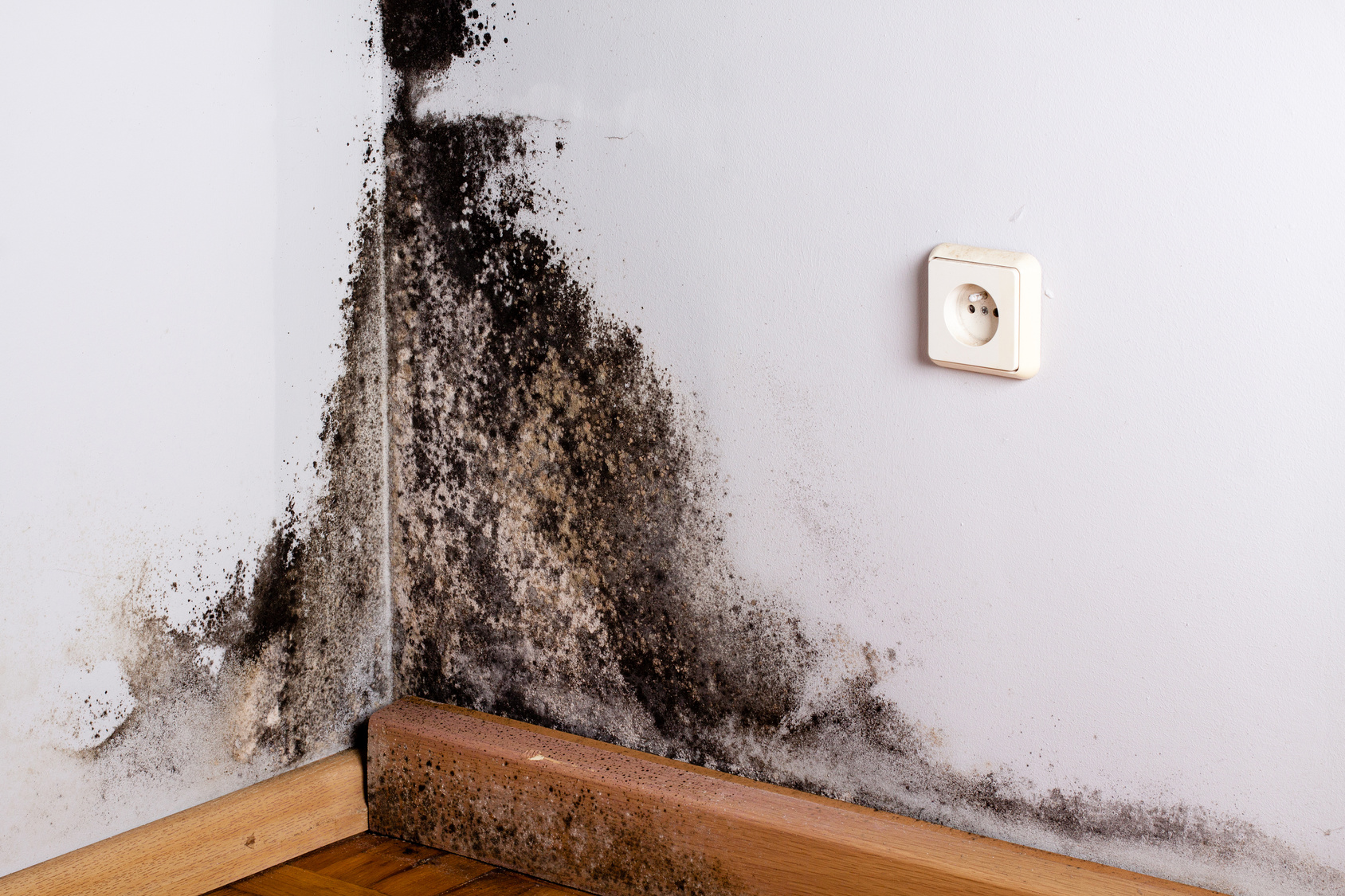 Kitchen walls are susceptible to mold growth due to the frequent presence of moisture and food particles. When cooking, steam and moisture can accumulate on walls and create the perfect environment for mold to grow. Additionally, if there are any water leaks or plumbing issues in the kitchen, it can lead to excess moisture and promote mold growth.
Kitchen walls are susceptible to mold growth due to the frequent presence of moisture and food particles. When cooking, steam and moisture can accumulate on walls and create the perfect environment for mold to grow. Additionally, if there are any water leaks or plumbing issues in the kitchen, it can lead to excess moisture and promote mold growth.
The Dangers of Mold in Your Kitchen
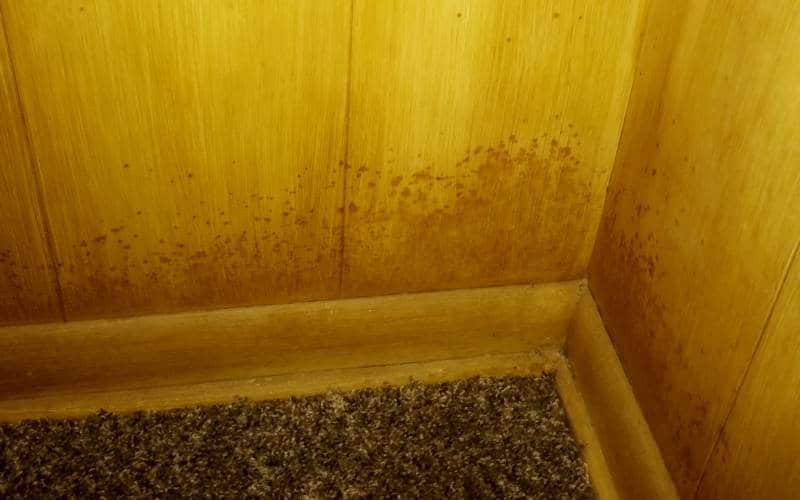 Having mold in your kitchen wall is not only unsightly, but it can also pose serious health risks. Mold can release spores into the air, which can aggravate allergies and respiratory issues. In some cases, mold can produce mycotoxins, which can cause more severe health problems such as headaches, fatigue, and even neurological issues.
Having mold in your kitchen wall is not only unsightly, but it can also pose serious health risks. Mold can release spores into the air, which can aggravate allergies and respiratory issues. In some cases, mold can produce mycotoxins, which can cause more severe health problems such as headaches, fatigue, and even neurological issues.
How to Prevent Mold in Your Kitchen
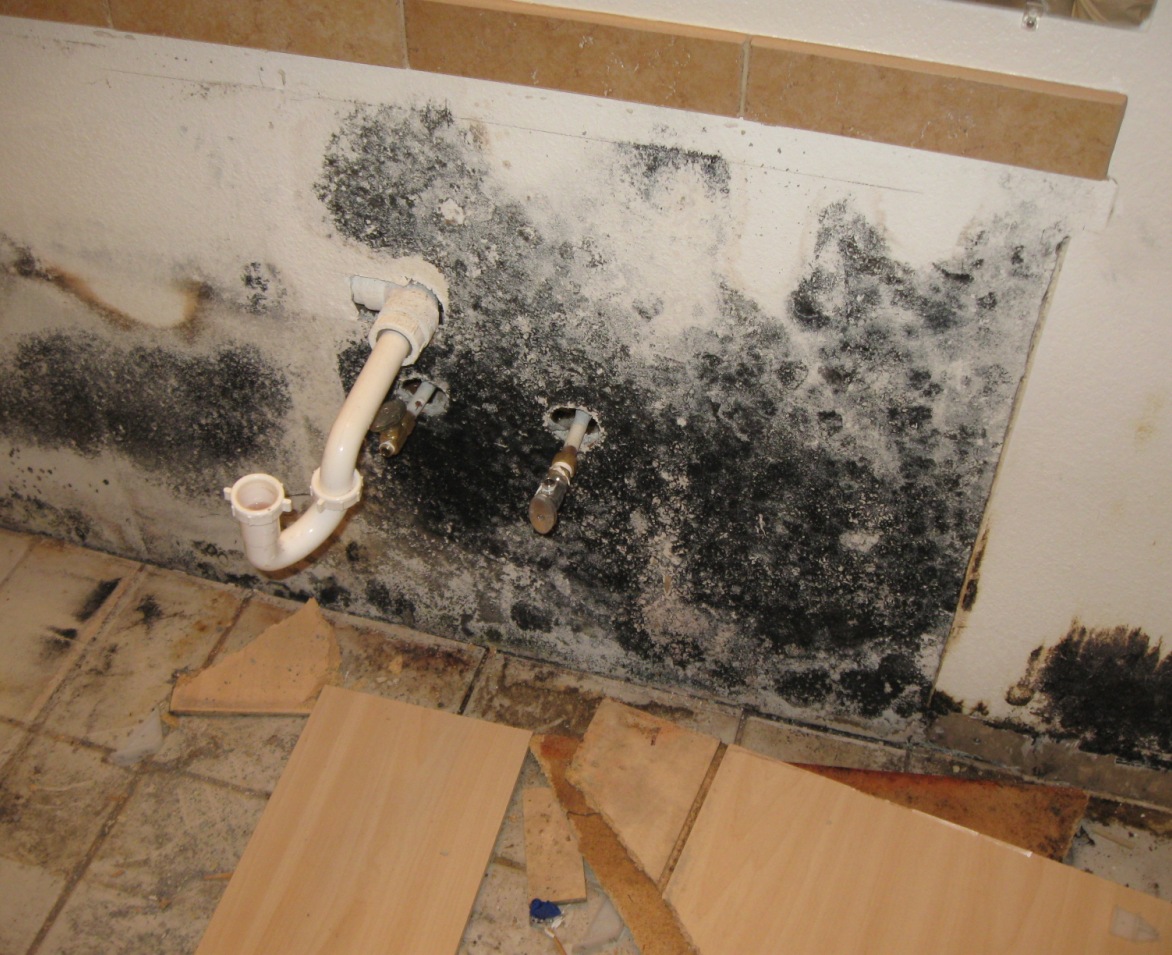 Preventing mold in your kitchen wall starts with proper ventilation. Make sure to use exhaust fans while cooking and wipe down any excess moisture on walls and countertops. Fixing any plumbing issues and promptly cleaning up spills can also help prevent mold growth. It is also essential to regularly inspect your kitchen for any signs of water leaks or excess moisture and address them immediately.
Mold in your kitchen wall is not only unsightly but can also pose serious health risks.
If you suspect mold in your kitchen, it is essential to address the issue promptly.
Regular maintenance and proper ventilation are key to preventing mold growth in your kitchen.
By taking these precautions, you can ensure a safe and healthy environment for you and your family.
Preventing mold in your kitchen wall starts with proper ventilation. Make sure to use exhaust fans while cooking and wipe down any excess moisture on walls and countertops. Fixing any plumbing issues and promptly cleaning up spills can also help prevent mold growth. It is also essential to regularly inspect your kitchen for any signs of water leaks or excess moisture and address them immediately.
Mold in your kitchen wall is not only unsightly but can also pose serious health risks.
If you suspect mold in your kitchen, it is essential to address the issue promptly.
Regular maintenance and proper ventilation are key to preventing mold growth in your kitchen.
By taking these precautions, you can ensure a safe and healthy environment for you and your family.






